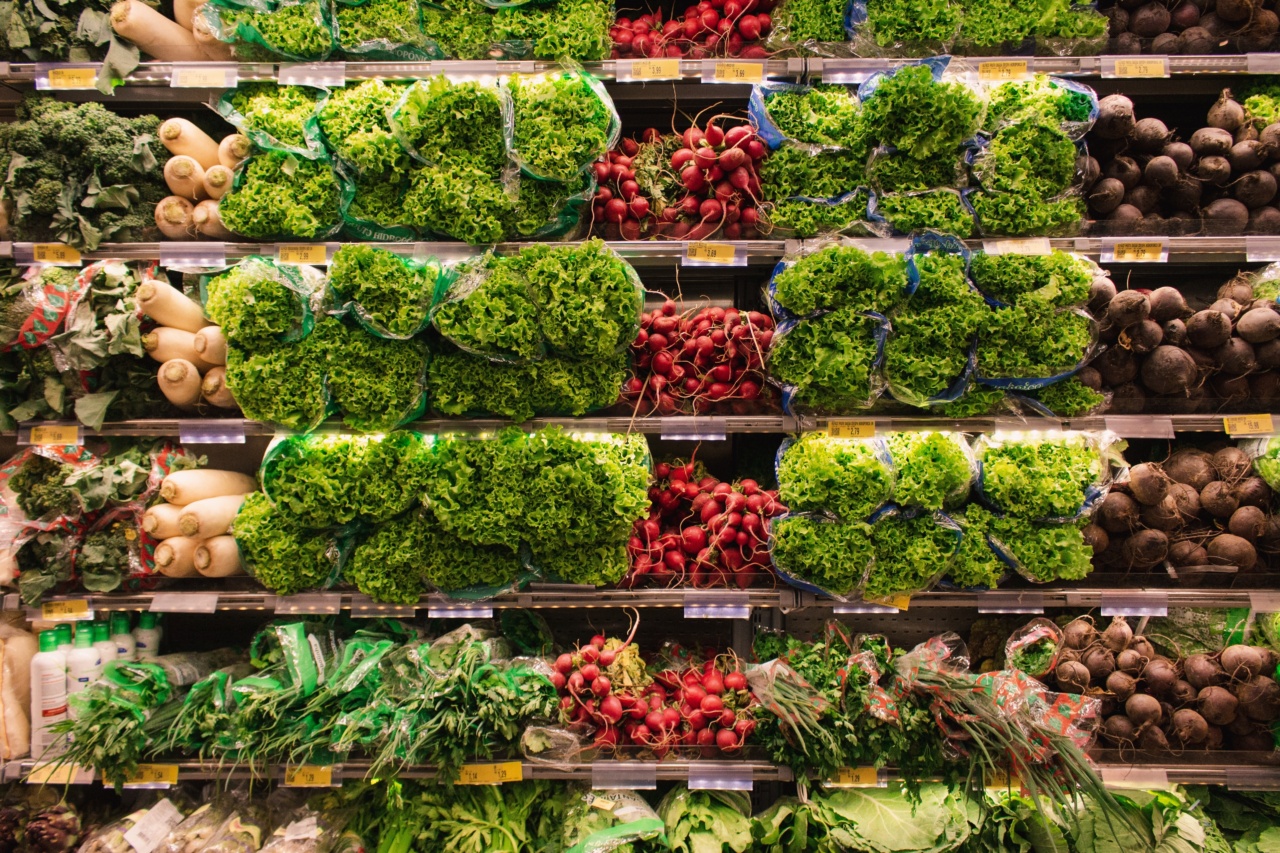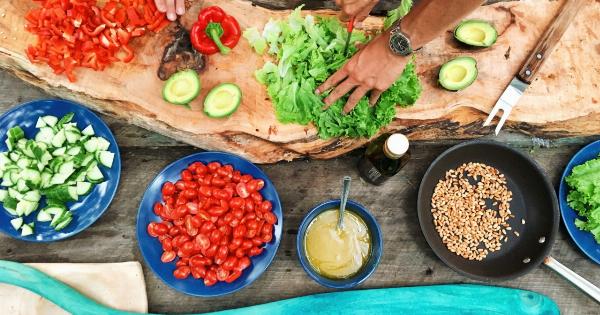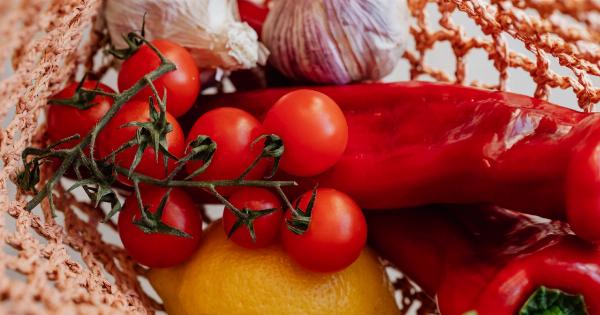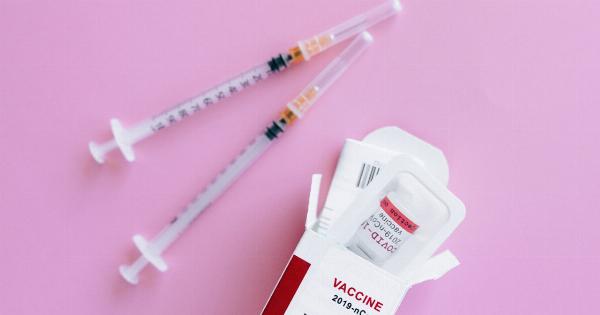Grocery shopping can often be a daunting task, especially when you are trying to make healthier choices. With so many options available in the aisles, it can feel overwhelming to navigate through the sea of processed foods and unhealthy snacks.
However, with a few little-known tips, you can turn your grocery shopping experience into a healthy and enjoyable one. Here are some tips that can help you make smarter choices and improve your overall diet.
1. Plan Ahead
Before heading to the grocery store, take some time to plan your meals for the week. Knowing what you need to buy will save you time and prevent you from making impulse purchases. Create a shopping list and stick to it.
This will not only help you make healthier choices but also save you money by avoiding unnecessary purchases.
2. Shop the Perimeter
The perimeter of the grocery store is where you will usually find fresh produce, meat, dairy products, and whole grain items. These are the healthier options that should make up the majority of your shopping cart.
Try to avoid the aisles filled with processed and packaged foods, as they are often high in added sugars, unhealthy fats, and preservatives.
3. Read Labels Carefully
When you do venture into the aisles, make it a habit to read the labels of the products you are considering. Pay attention to the ingredients list and the nutrition facts.
Look for items with simple, recognizable ingredients and limited added sugars and artificial additives. Avoid products with long lists of ingredients or those that contain unhealthy additives.
4. Choose Whole Grains
When selecting bread, pasta, rice, and other grain products, opt for whole grain varieties. Whole grains are higher in fiber and other essential nutrients compared to refined grains.
Look for products that have the word “whole” before the grain name in the ingredients list, such as whole wheat, whole oats, or whole brown rice.
5. Fill Half Your Cart with Fruits and Vegetables
Fruits and vegetables are the cornerstone of a healthy diet. Aim to fill at least half of your grocery cart with a colorful assortment of fresh or frozen produce. They are low in calories and packed with essential vitamins, minerals, and antioxidants.
Experiment with different types of fruits and vegetables to keep your meals varied and exciting.
6. Don’t Shop When You’re Hungry
Shopping on an empty stomach can lead to impulsive and unhealthy food choices. Hunger can cloud your judgment and tempt you to grab convenient but unhealthy snacks.
Make sure you eat a balanced meal or a snack before heading to the grocery store to help you make more rational and health-conscious decisions.
7. Opt for Lean Proteins
Protein is an essential nutrient that plays a crucial role in building and repairing tissues, as well as promoting satiety. Look for lean sources of protein like skinless poultry, fish, tofu, legumes, and low-fat dairy products.
Avoid processed meats, such as sausages and deli meats, as they are often high in sodium and unhealthy fats.
8. Limit Added Sugars
Added sugars can hide in many processed foods, even those that don’t necessarily taste sweet. Too much added sugar in your diet can contribute to weight gain and various health issues.
Be wary of foods like sugary cereals, flavored yogurts, sweetened beverages, and condiments. Read labels and choose products with little to no added sugars.
9. Avoid High-Sodium Foods
Excessive sodium intake can elevate blood pressure and increase the risk of heart disease. Be cautious of foods that are high in sodium, such as canned soups, processed meats, snack foods, and condiments.
Look for lower-sodium alternatives or opt for fresh, whole foods whenever possible.
10. Be Mindful of Portions
Even healthy foods can lead to weight gain if consumed in large quantities. Practice portion control by being mindful of your serving sizes. Use smaller plates and bowls to help avoid overeating.
Pay attention to recommended serving sizes on food labels and adjust accordingly.






























